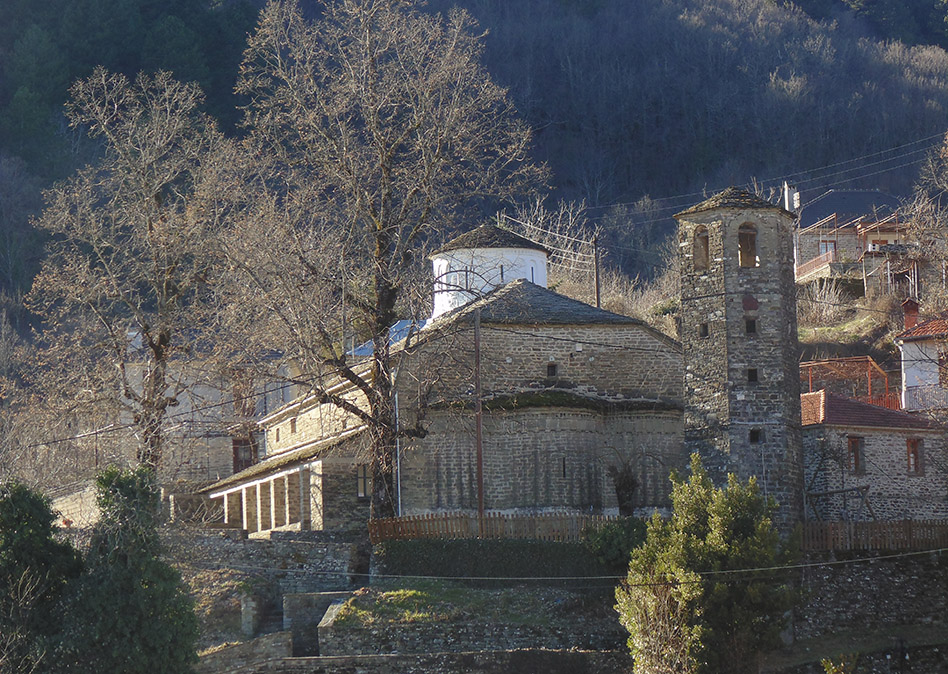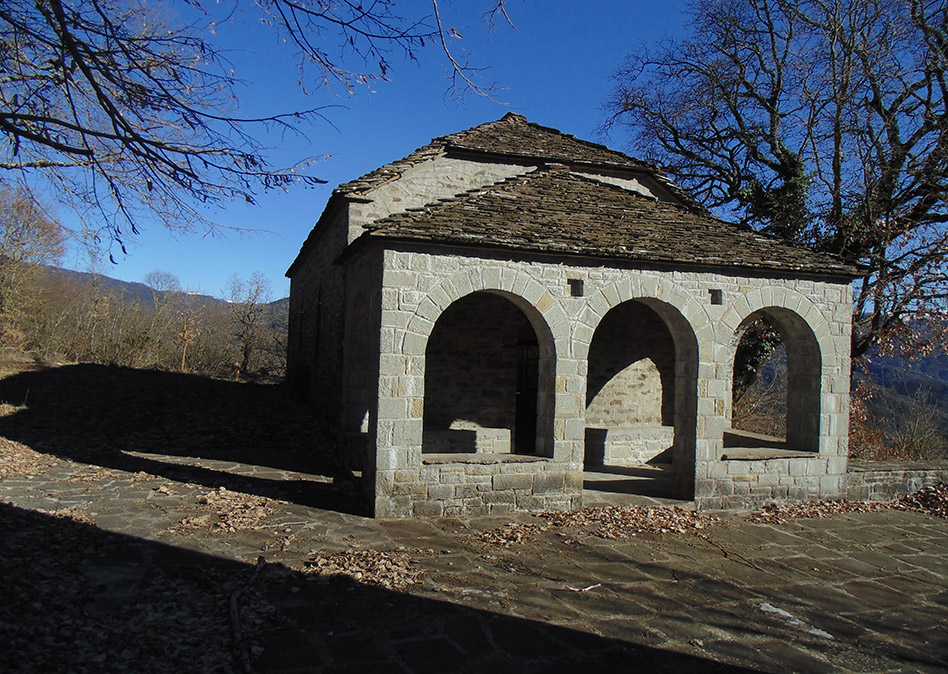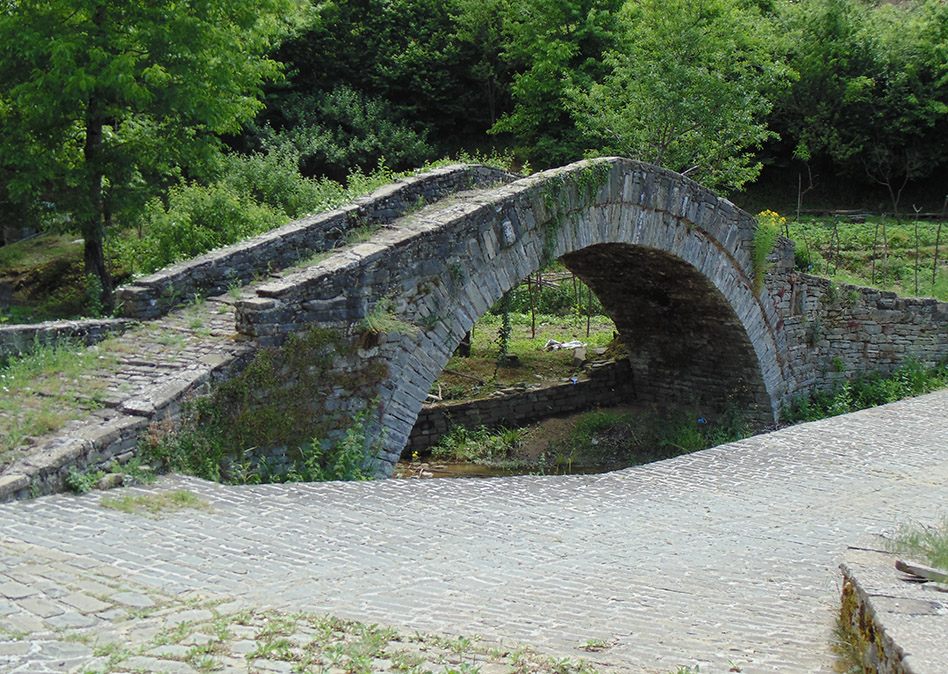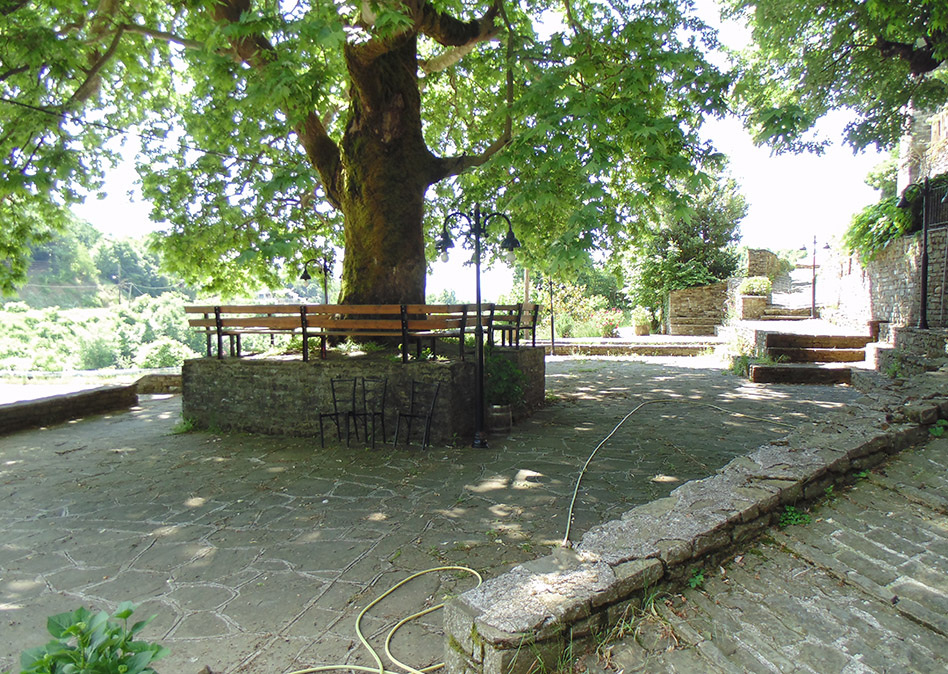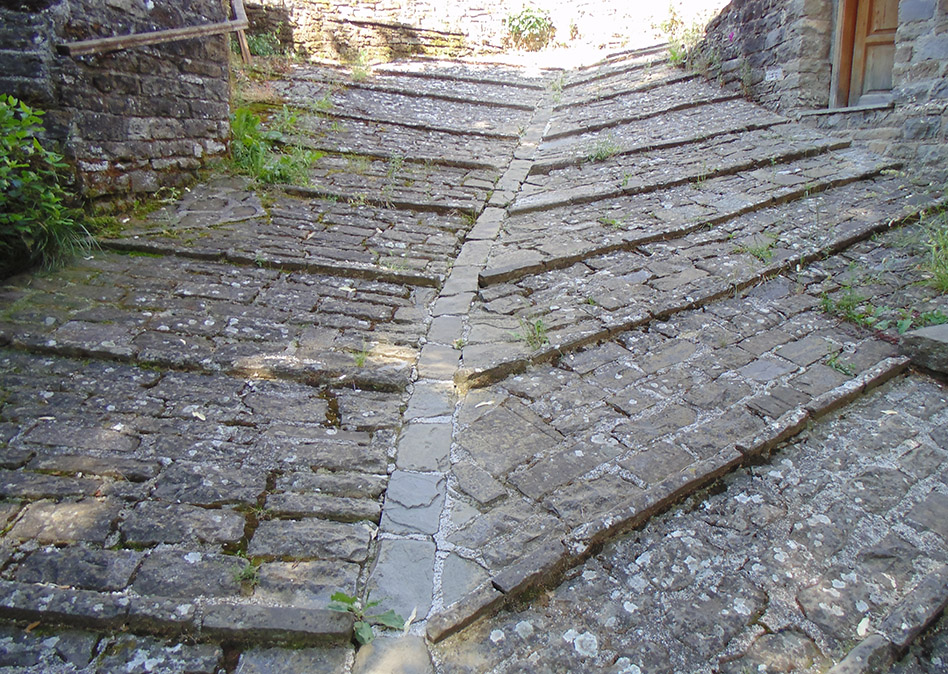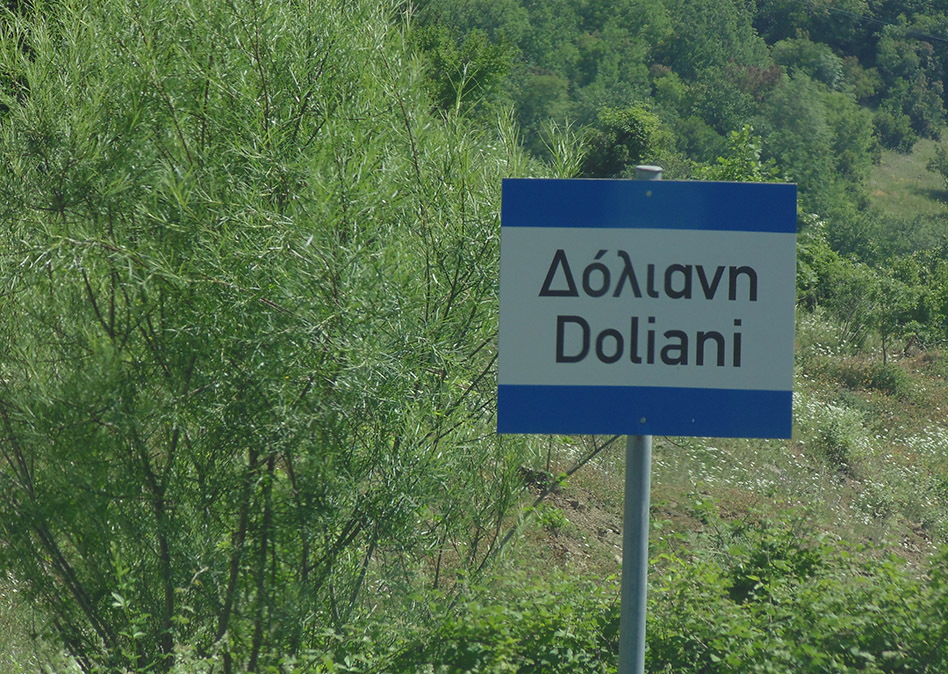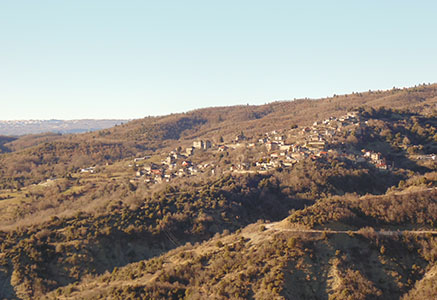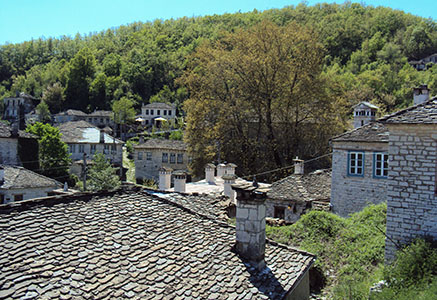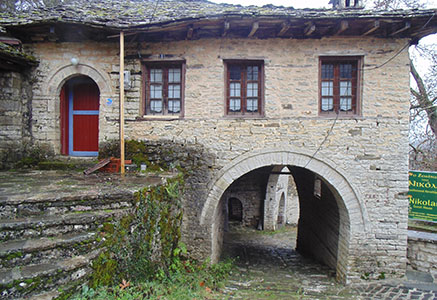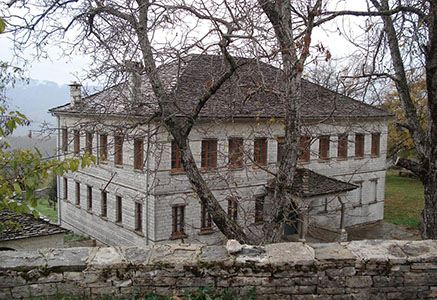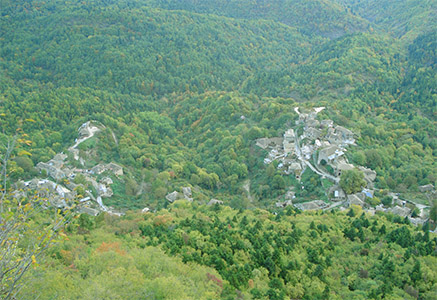Project Description
The “Doliani” community was recognized from the very beginning by the name “Doliani”, and the only settlement of the area.
With the Royal Decree 20.9.1955 (Government Gazette A 287/1955) the settlement and the community were renamed to “Neon Amarousion”, while with the PD. 142 / 19.3.1984 (Official Gazette A 45/1984), the settlement and the community were renamed to “Doliani”.
The village is also mentioned by P. Aravantinos with the same name “Doliani”, believed to be greek originated.
Mr. Lambridis writes without clarification that “Doliani” means “a place of gorges” and “a slope”.
Mr. A. Katharis notes that the name of the village has “… Slavic root, meaning downhill and indeed this village lies on a downhill ground …”.
Mr. Chr. Fitsios argues that “… the name of Doliani is Slavic and means descending …”.
The Mr. K. E. Ikonomou tells us that M. Vasmer “… produces the place name from the Slavic dol (valley) and Doljane (the inhabitant of the valley)…”. He points out, however, that the village “… is in a ravine, so the word dol is used here with its original meaning” the hole, the pit, the ravine … “. Based on the same reasoning, Mr. Lambridis come up to the same conclusion.
Doliani is built at an altitude of 920m. on a river bed, at the site of Calderousa.
In the last century, there were 450 residents and in 1913, 300 residents and 25 children at school.
In 1943 Doliani was burnt down by the Germans. It is said that 93 stone-built houses were destroyed. The village retains many things from its old glory, such as its beautiful cobblestones, the stone fountains, the church’s loggia and its bell tower, its few old houses, the stone bridges, as well as the one-arched bridge, which can be seen from the public road.



